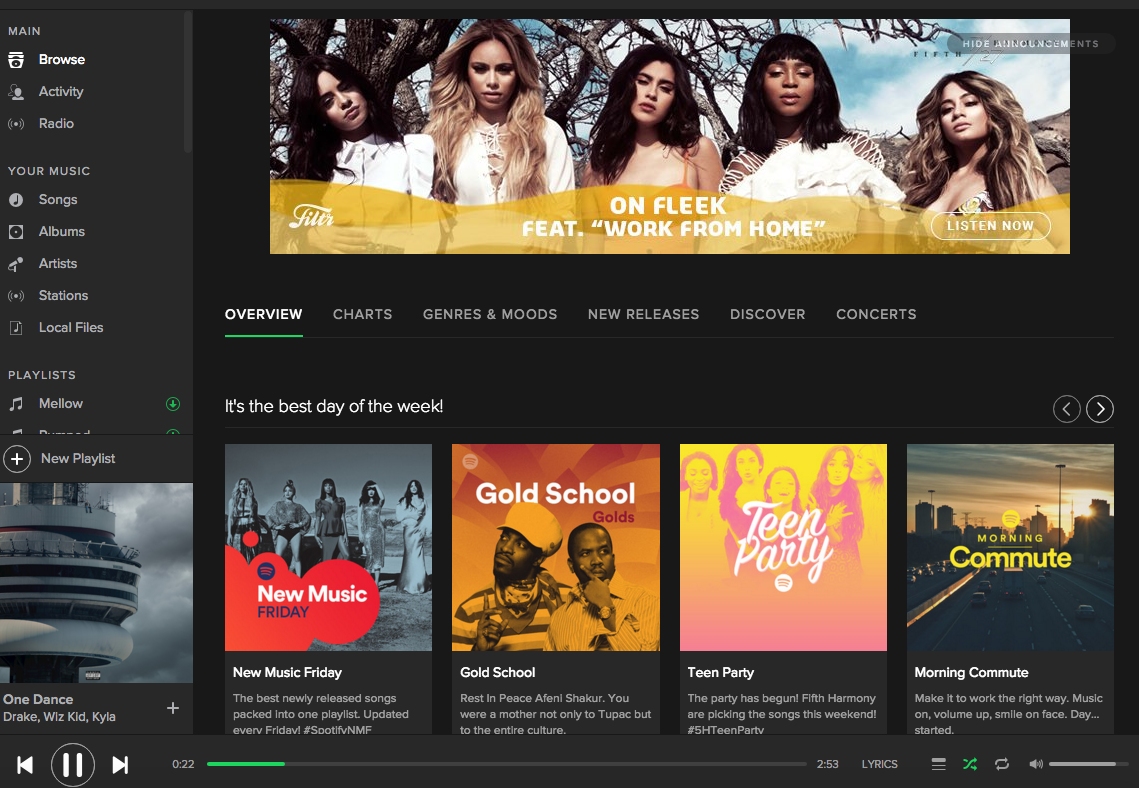Once upon a time, digital music and pirated music downloads nearly destroyed the music industry. But since then, we have come extremely far to combat this destruction. Today, digital streaming has actually become one of the best and most widely accepted methods of distributing musical content. According to a report from the RIAA, data has confirmed that streaming is the U.S. music industry’s largest generator of revenue.

Just twenty years ago, we were paying $20 for a CD, then Napster came along and made everything free. So, we went from $20 to free and now artists want their money for their work! Paid subscriptions have become the new revenue models for digital streams and are applicable to the majority of the streaming services that are now being offered online and as mobile apps. This has come with increased popularity of different platforms, such as YouTube Red, Pandora, Spotify, Apple Music, and Amazon, among many others, in which you pay a premium for ad-free music-listening services.

YouTube alone has over one billion active users each month and Spotify has over 60 million total users, 15 million of which are paid subscribers.
So how does streaming actually work? The artist whose song is on a given streaming platform gets compensated with royalties relative to the number of times his or her song is played or the amount of views his or her video receives.
Streaming content on visual platforms such as YouTube, VEVO, and Facebook has done wonders for emerging artists wishing to self-promote and get their media out into the public sphere. The circulation and vast outreach of these platforms allow immediate access to this content by millions of users, which is ideal when trying to reach a larger, and even global audience. One of the biggest downsides to the online streaming trend is how crowded the sphere has become. With millions of videos being uploaded daily, it can get difficult to see a particular piece of content stand out.
However, there are many companies that combat this crowding, like Vydia, and work with media platforms to streamline content right to major distribution channels and networks. Vydia is a powerful resource that can help because it acts as a content aggregator that schedules video content to five platforms, including YouTube, VEVO, Twitter, and Facebook. Vydia helps artists make money and save time when publishing content for them on multiple platforms.
Digital distribution is a very efficient way to handle media, especially because of its speed and receptive nature. The media becomes accessible to anyone, anywhere, as long as there is a sustainable internet connection. Overall, today’s technological innovations and changes in lifestyle preferences have facilitated the switch from traditional media consumption to online streaming and digital distribution.
If you have any questions about this article Tweet to us @VydiaOfficial with the hashtag #AskVydia and look out for the answers on our YouTube Channel.
Get Started with Vydia today!
